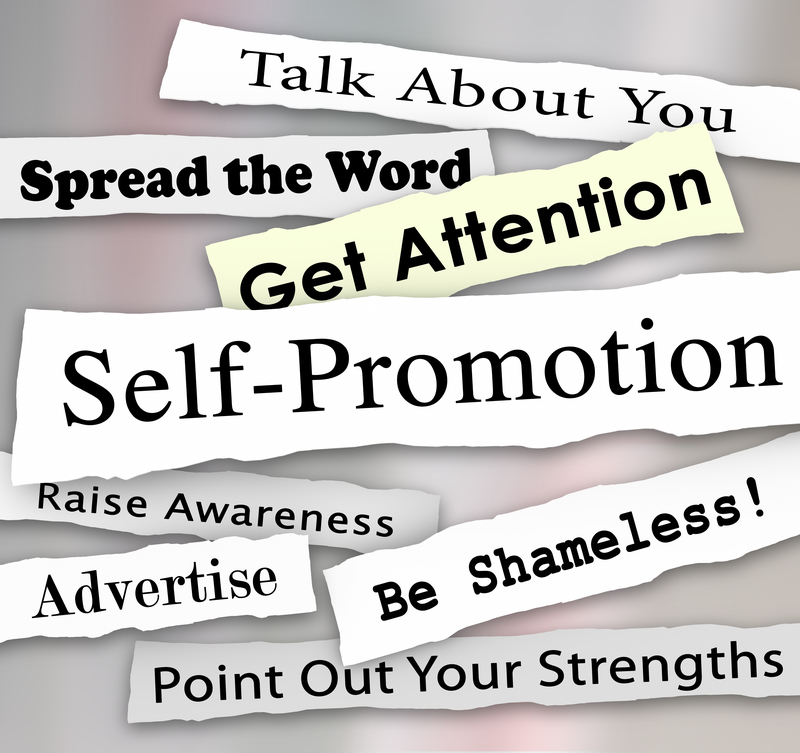Do you enjoy speaking and explaining things? Do you have a topic you’re knowledgeable about, even passionate about that others want to know more about?

And do you know someone who can intelligently talk with you about that topic? Then you can make fantastic money by speaking. Here’s how…
First, choose your topic. Use the same criteria you would use for creating any kind of info product – are people willing to pay for this info? Next, find a partner, preferably someone just as knowledgeable about the topic as you, or someone who has complimentary information and knowledge to share.
Next, write an outline of what you will cover. Make sure the two of you agree on what will be covered and that you’re not leaving anything out. Now talk on the phone and record the conversations using your conferencing service of your choice. It might take you one or several calls to cover everything. Really more calls are better, since the product you’re creating will have a higher perceived value.
Now get transcripts of the calls made, and sell the entire package as one product. You can do this from start to finish, including transcripts and sales letters, in 7 to 10 days. Result? You’ll have a product you can sell for months and years to come. Split the profits with your partner, promote to both of your lists, place it on ClickBank, sell it through forums, etc. I know people who’ve cleared $50,000 to $100,000 on a product like this. Splitting the profits with your partner, you would walk away with $25,000 to $50,000. Not bad for spending a few hours on the phone.
The shortcut you probably don’t want to take: Yes, you can do this by yourself. Sure, you get to keep 100% of the profits after affiliate commissions. The problem? Your product will almost certainly not be half as good as it would be if you had a partner who knew as much about your topic as you do.
First, there is a synergy and energy that develops between two people having a conversation that you just don’t get talking to yourself. Second, your partner is bound to have information and stories you don’t have. Third, one person lecturing can be – let’s face it – boring. Fourth, a partner with their own list will double initial sales and help you to spread the word with affiliates, creating momentum from the first day you launch.
Can you make a recorded product by yourself? Absolutely, and some people have been very successful doing just that. But everything else being equal, you’re almost always better off partnering with someone else.
Tips for making the calls/recordings: Keep the energy high and the umms, errs and ahhs to an absolute minimum. Have fun, smile, laugh and joke when appropriate, and give great, timely, usable information that will truly make a difference for your listeners. Your value is to quicken their learning curve so be sure to do this to the very best of your ability, and not only will you make money once, but some of these customers will be eager to buy future products you develop in the future as well!


















